Forget images of seasides, sunshine and sand: I’m an architect so when we use buckets and spades it’s usually because we’ve seen a hole that needs filling. If I were a planner or an Architect (note the capital ‘A’) I might refer to ‘tears in the urban fabric requiring repair’. But that’s too pretentious even for me.
What I’m alluding to is the constant process – sometimes gentle, sometimes brutal – of renewal that goes on in our cities and town centres, which goes something like this:
- Building is built on an open site;
- Building is unloved/inflexible/not very attractive/gets bombed so ends up being demolished;
- New building is built on same site (sometimes the same size, sometimes bigger or smaller);
- New building turns out to be unloved/inflexible/not very attractive so ends up being demolished;
- New building is built on same site…
And the cycle continues ever thus.
As you walk around the centre of Dunfermline you can see how this has happened in the past, and how it continues today. As you walk along the East Port there’s Morgan’s lovely 1930s Art Deco frontage; immediately beside it is the 1970s Search Recruitment office block; on the opposite side there’s the fairly ugly 1980s Royal Bank of Scotland and then a bit further along the early 1990s Nationwide building. You can probably spot a few buildings that are fairly unloved and whose days are numbered too…
Then we get to the High Street, where there are all sorts of infill buildings. In fact, if you think about it, the High Street in Dunfermline is possibly 800+ years old so it’s possible that every building might actually be a replacement for something that existed there before…
It makes you wonder (war damage aside) what makes some buildings last longer than others. Part of it will be because they’re ‘long life, loose fit’; part of it will be because they’re bonny and well-proportioned and act as local landmarks; part of it will be because they’re protected by law (eg by virtue of being listed).
It also makes you wonder what the town centre might look like in 25, or 50 or 100 years. Will the late 20th century buildings like RBS and Nationwide still be standing? I doubt it. Will the old Guildhall, the Clydesdale bank opposite and the new gallery and revamped library still be standing? I’d put money on the answer being yes.
We have it in our heads that how a place develops is out of our hands: it’s all up to the planners, the local authority, Architects with big egos, the developers, big businesses with lots of money and the banks to decide what gets built, and where and when.
And while this will always be the case to some extent, wouldn’t it be great if us lesser mortals were invited to have a hand in shaping a place to suit our needs? Take the old Co-Op site half way down the north side of the High Street, or the big gap on the south side of the Maygate, or parts of Canmore Street. All of these had buildings that are no more. Or what about great buildings that are sitting empty, like Watt & Dewars on the New Row, or the old Council building opposite the Library, or the whole of Bruce Street?
I wonder what would happen if we all got out our metaphysical buckets and spades and started coming up with ideas for these buildings and sites? I bet we’d do a cracking job filling in the holes!
Sam Foster


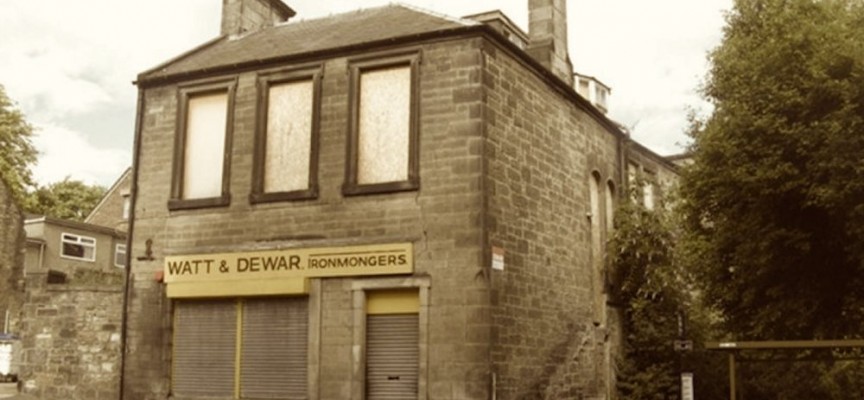
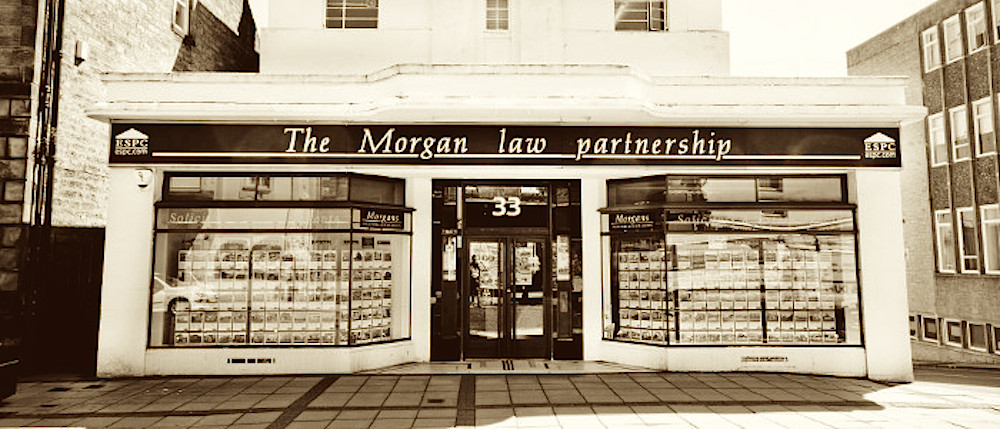
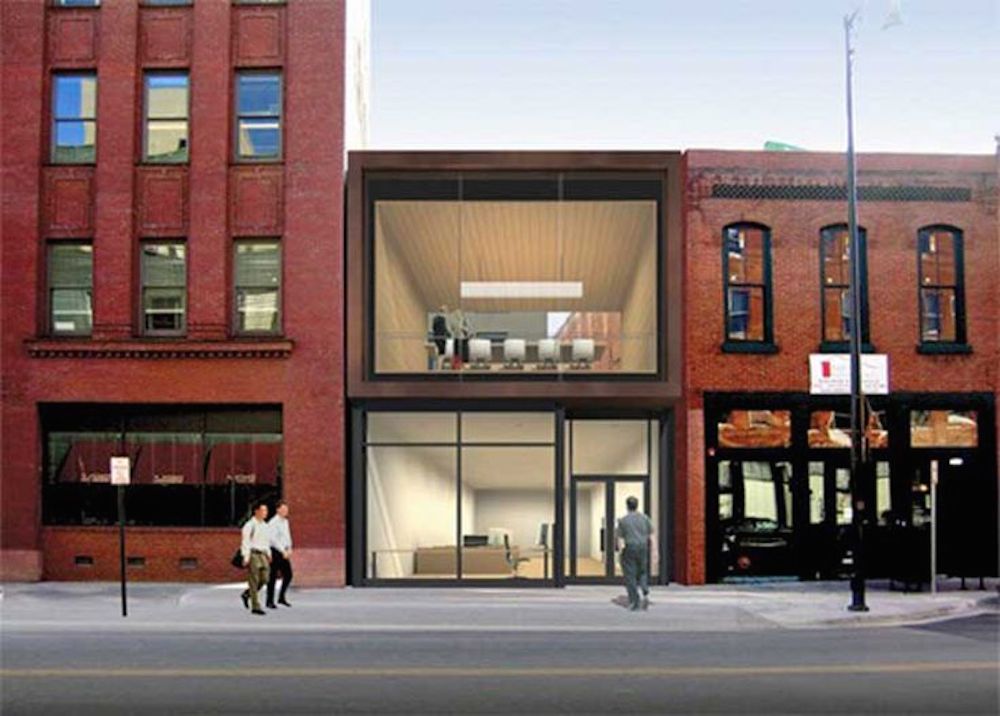
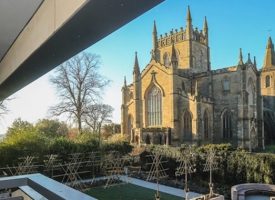

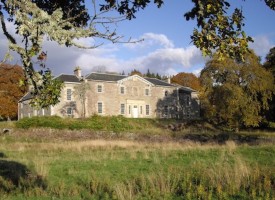
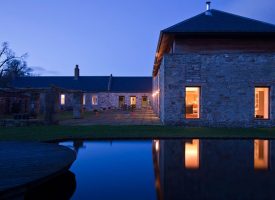
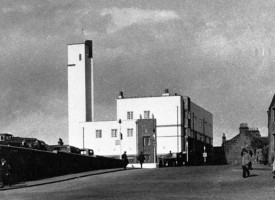
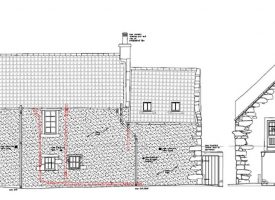
No comments!
There are no comments yet, but you can be first to comment this article.